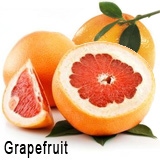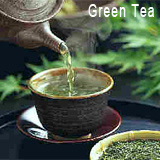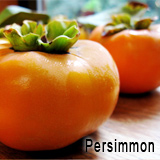Astringency in wine is the drying, rough and puckering sensation that is experienced after tasting most red wines. The term 'smooth' is used by wine-writers to describe the pleasurable feeling of a high quality astringent sensation. Feeling is the operative word here, as although astringency is an in-mouth experience, it is a touch sensation not a taste as one might expect.
Bitterness on the other hand is one of the primary basic tastes. A major source of bitterness is the tannin content of red wine. Some white grapes (Gewurztraminer, Muscat) can have a distinct bitter edge to their flavour.
So what causes astringency - red wines are rich in phenolics, there are hundreds of different types of phenolics, however, depending on their chemical structure, these substances play quite different roles in the way a wine looks, tastes and feels. One class of phenolics are called catechins are bitter. Another type called the polymeric flavan-3-ols is responsible for astringency.
Astringent wines have a taste similar to cold black coffee, cold green tea. A highly astringent wine will cause the mouth to pucker. The astringency is produced by the tannin in grape skins, and varies from very astringent to slightly astringent to lacking astringency. Reds are usually astringent; whites lack astringency.
Tannins contribute astringency (most significantly) and bitterness - sensations that are confused by tasters. Bitter perception is quite well understood, since it is one of the primary tastes sensed by a specific receptor found in taste buds on the tongue and soft palate. Astringency perception is much less understood: basically it is mediated by the sense of touch rather than by taste. Tannins taste astringent because they bind with salivary proline-rich proteins and precipitate them out. This leads to increased friction between mouth surfaces, and a sense of dryness or roughness. The term 'mouthfeel' has been coined to describe the sensation of wine in the mouth, and is an important property of a balanced wine.











